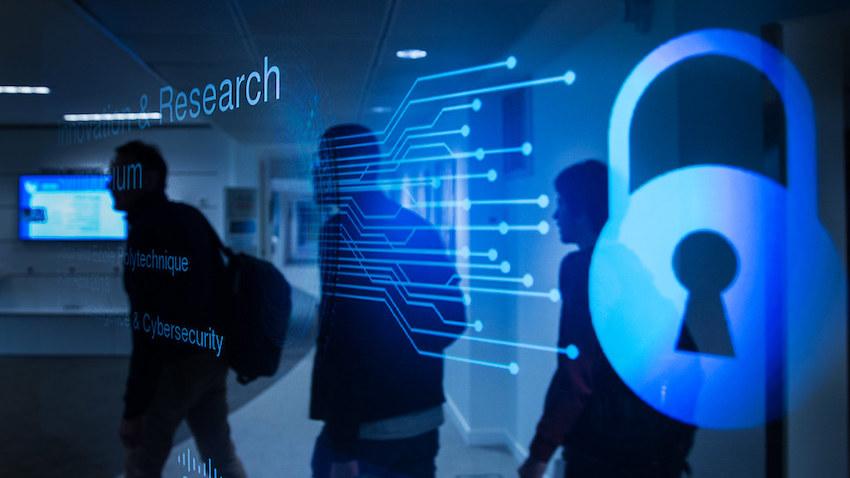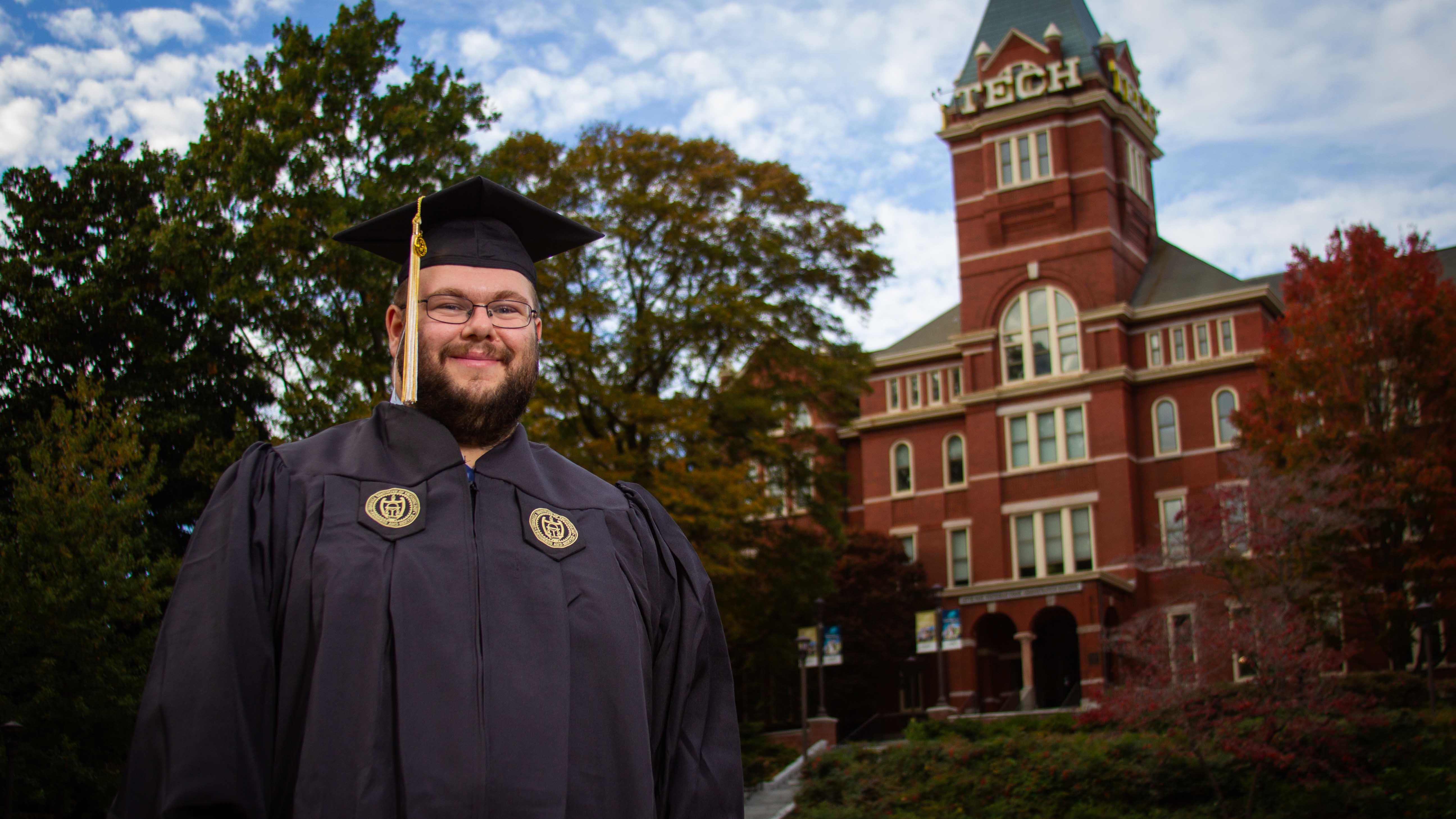
New Grant Helps Researchers Bring Cybersecurity into the Physical World
Imagine if you could physically feel a threat to your digital security – perhaps a vibration on your wrist to alert you to nearby danger. What kinds of precautions would you take if you felt these digital threats the same way you felt those of the physical world?
Like carrying a can of pepper spray when walking down a dark alleyway – or avoiding the alleyway altogether – a new project out of Georgia Tech’s School of Interactive Computing (IC) aims to connect this abstract world of cybersecurity and privacy with concrete physical environments to promote better security behavior.
“In the real world, we have these corporeal sensations that give us cues on how to act,” said IC Assistant Professor Sauvik Das, the principal investigator on the project. “If you feel a cold breeze on your cheek, you may decide to wear a scarf. If you are walking down a dark alleyway, you may become more alert and aware of your surroundings. It’s a different story in the present state of cybersecurity and privacy.”
That current state is mostly limited to a warning when you’re leaving a secure network on your computer or a pop-up box that might caution against proceeding to a specific website. But what about the digital threats we face daily when proceeding throughout our daily routines, perusing the internet on our phones or walking through a crowded airport?
There are no corporeal sensory perception cues that indicate what is threatening or worthy of our attention. Similarly, we don’t have affordances that allow us to manipulate digital interfaces in ways that will better protect us against these threats that we find salient.
“That’s the idea here,” Das said. “We want to solve this abstraction problem by physically alerting people to threats and giving them means to defend against them.”
The project presents three solutions to the digital abstraction problem – Spidey Sense, Bit Whisperer, and Horcrux. Each aims to solves a specific branch of the problem: notifying you to threats, giving you more effective means to defend against threats, and providing means to better govern shared resources.
Spidey Sense
Spidey Sense uses a wristband that integrates with modern Apple watches that can squeeze the wrist in programmable patterns to notify the wearer of perceived digital threats.
The idea is that people might not feel the threat through visual communication design the same way they might when walking down a dark alleyway at night.
“How can we similarly communicate that threat?” Das poses. “This field of affective haptics was a good bridge.”
Bit Whisperer
So, what do you do when you know threats exist? In the real world, one might intuit that to block entry into a room they could place a heavy object in front of a door or that to communicate secure information they might need to whisper. This project aims to present similar options for digital information.
“It’s like whispering through the digital world,” Das said.
To transfer data from one smart device to another, one might use Bluetooth. But one can’t see the bits traveling through the air as they are communicated. Bit Whisperer uses physical objects, like a table, to communicate.
Using inaudible sound frequencies that can be generated through smartphones, data is transmitted through the physical surface from one device to other devices on the same surface. Anyone off the surface can’t receive the data without physically placing their device on it, making it much more challenging for would-be attackers.
Horcrux
Horcrux is a more abstract project at present. It aims to assist individuals governing shared digital resources. Current state of the art provides point-and-click resources, but those make it impossible to multitask and challenging to specify access controls.
This project, like the others, aims to provide physical tools that can be manipulated by hand to make it easier to specify access.
The idea now is a mat where play pieces like figurines can represent people or resources that people own.
“Think of a castle where you can move figurines through different accesses,” Das said. “These tangible interfaces allow for more interaction, more multitasking, and visible physical representations for what everyone has access to.”
These projects are being funded by a $500,000 grant from the National Science Foundation. IC Professor Gregory Abowd is a co-principal investigator on the grant, and Ph.D. student Youngwook Do is a key contributor.


